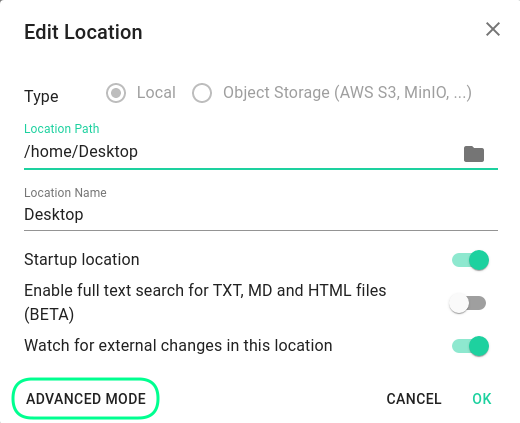

The files from the selected directory will be auto-detected by TagSpaces and displayed in the main window, where you can check out the File Extension, Title, Tags, Size, and Date modified. Click the Startup Location slider (make it blue) if you want this location to be auto-loaded when starting up the program, and Ok (the blue tick on the lower-right corner) for confirmation. Set the Default Perspective to List, Grid, FolderViz (tree view) or ImageSwiper (photo thumbnail view) set to List if unsure. Click Connect New Location, click the folder button next to Location Path in the popup window, indicate a folder whose containing files you want to monitor and tag, and enter a Location Name. TagSpacesĪfter reaching the main window of TagSpaces, you will see the Location Navigator on the left column. Results will show all files marked with the specified tag_name. To do this, press the Win key, type Tag: tag_name, and press Enter. It's also possible to perform a search based on the tags.
Tagspaces startup windows#
If you wish to group the objects instead, then Windows creates virtual categories named after the tags, so you just have to select a group to view filtered files by that tag. If you want to sort items by tags, all files from the current directory will be sorted in alphabetical order (ascending or descending, depending on your prefereces) based on tags. Then you can right-click an empty area of Windows Explorer to open the context menu, open the Sort by or Group by submenu, and select Tags. If you have previously done this, then Windows shows suggestions that partially match what you're currently typing. However, you should know that it doesn't work for all types of files.įor example, if you want to tag one or more selected JPGs, right-click to open the context menu, select Properties, go to the Details tab, find the Tags field, type one or more tags (separated by ) to label the files, and click Ok when you're done.


Tagspaces startup install#
If you don't want to install third-party applications for tagging files, you can use the Windows built-in feature dedicated for this task, which lets you apply tags via the Properties dialog of a file. In the following guide, we're breaking down two specialized applications that have elaborate options for file tagging, TagSpaces and Tabbles, as well as the built-in Windows Tagging feature with simpler but straightforward settings. For example, you can label files by priority, file type, purpose, or usage frequency. Using the file tagging method, you can create a personalized system to help track down important items. To easily keep track of thousands of files on the computer, you can sort them into different partitions, folders and subfolders, resort to file search utilities, or tag the files so you can find them by keywords.


 0 kommentar(er)
0 kommentar(er)
